Home>Garden Essentials>What Type Of Turf Grass Is Florida Field
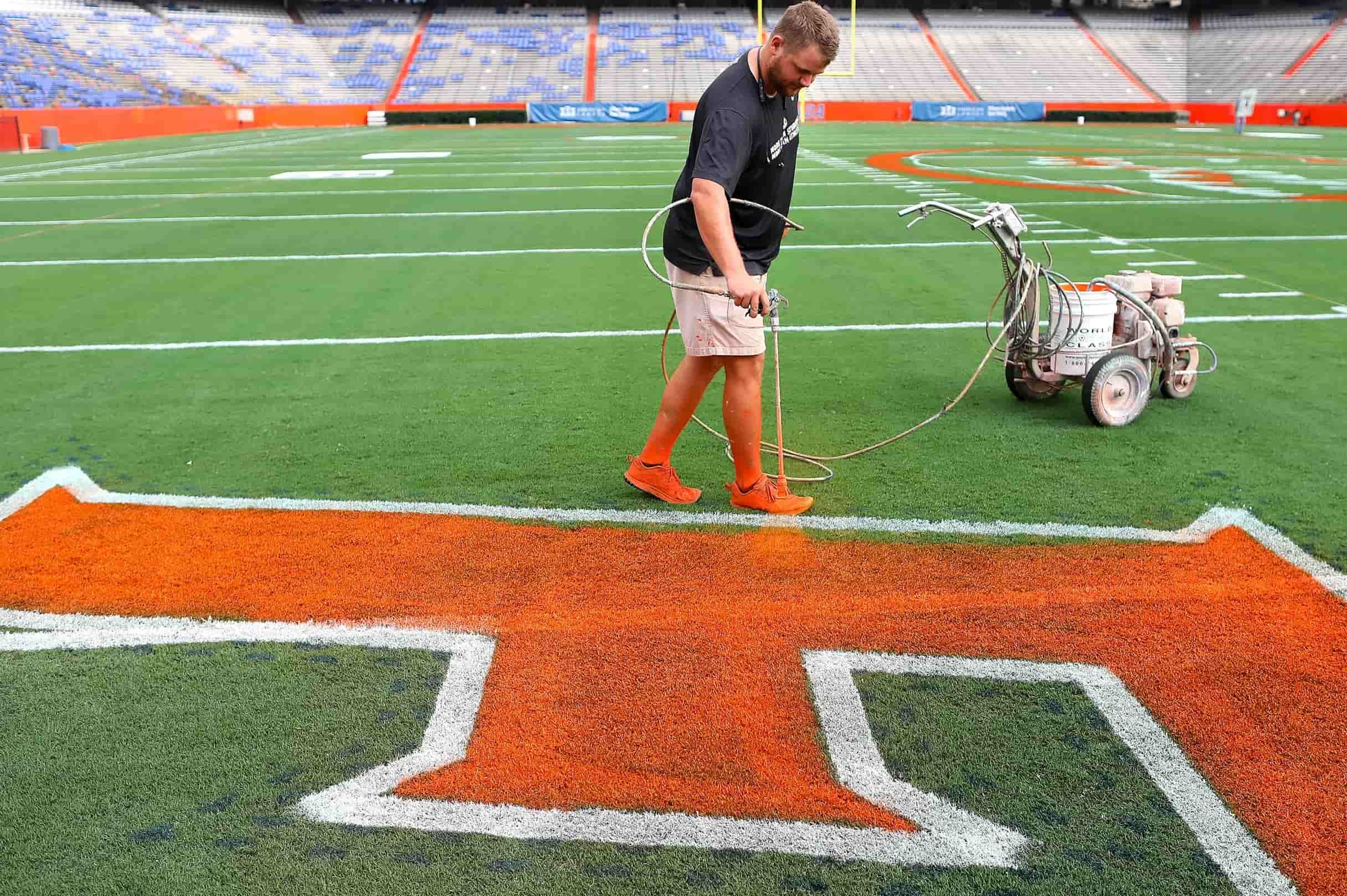

Garden Essentials
What Type Of Turf Grass Is Florida Field
Modified: September 2, 2024
Discover the best turf grass options for your garden in Florida. Find out which types of turf grass are perfect for Florida field conditions.
(Many of the links in this article redirect to a specific reviewed product. Your purchase of these products through affiliate links helps to generate commission for Storables.com, at no extra cost. Learn more)
Introduction
Welcome to the world of Florida fields, where vibrant green turf grasses create the perfect playing surface for sports enthusiasts. Whether it’s football, soccer, or any other outdoor sport, the type of turf grass selected for a field plays a vital role in its performance and aesthetics. In this article, we will explore the different types of turf grass that are suitable for Florida fields, taking into consideration the region’s unique climate and conditions.
Florida, also known as the Sunshine State, boasts a warm and humid subtropical climate that presents its own challenges when it comes to maintaining healthy and lush turf grass. With high temperatures, abundant rainfall, and occasional periods of drought, selecting the right grass species is essential to ensure the longevity and resilience of the field.
The importance of turf grass in sports fields cannot be overstated. Not only does it provide a safe and comfortable playing surface for athletes, but it also enhances the overall aesthetics of the field, contributing to a positive experience for players and spectators alike. A well-maintained and visually appealing field can even attract more events and boost the local economy.
When choosing the most suitable turf grass for a Florida field, several factors need to be taken into consideration. These include the grass’s ability to handle high temperatures and humidity, resistance to diseases and pests, tolerance to wear and tear, and overall maintenance requirements. Let’s explore some of the different types of turf grass that meet these criteria and are suitable for Florida fields.
Key Takeaways:
- Choose the right turf grass for a Florida field based on climate, maintenance, and usage. St. Augustine, Bermuda, Zoysia, and Bahiagrass are popular options with unique benefits suited to the region’s conditions.
- Maintain healthy turf grass in a Florida field with proper watering, mowing, fertilization, and pest management. These practices ensure a safe, durable, and visually appealing playing surface for athletes and spectators.
Read more: How To Install Turf Field
Historical Background of Florida Field
Florida Field is more than just a typical sports field; it has a rich history that dates back several decades. Located in Gainesville, Florida, it serves as the home field for the University of Florida’s football team, the Florida Gators. With a seating capacity of over 88,000, it is one of the most iconic and largest stadiums in the Southeastern Conference.
The origins of Florida Field can be traced back to 1930 when the original stadium, known as Fleming Field, was constructed. Over the years, the stadium underwent several renovations and expansions, transforming it into the state-of-the-art facility that it is today. The name was changed to Ben Hill Griffin Stadium in 1989, in honor of a prominent alumnus and supporter of the university.
As football grew in popularity and the demand for high-quality playing surfaces increased, Florida Field recognized the importance of having exceptional turf grass to ensure optimal performance and safety for the players. The field’s surface underwent significant improvements to accommodate the rigorous play and provide a visually captivating setting for the fans.
Today, Florida Field boasts a meticulously maintained turf grass that meets the high standards expected by both players and spectators. The field serves as a testament to the dedication and investment put forth by the university in creating an exceptional sporting environment.
The evolution of Florida Field’s turf grass can be attributed to advancements in turfgrass science and technology. Research conducted by agronomists and horticulturists has led to the development of grass varieties that are more resilient, adaptable, and visually appealing. These advancements have allowed for the creation of a playing surface that not only enhances athletic performance but also enhances the overall aesthetics of the stadium.
The historical background of Florida Field reveals that the field’s turf grass goes beyond mere functionality. It is a symbol of pride, innovation, and a commitment to excellence. The continuous advancements in turfgrass management techniques ensure that the field remains at the forefront of sports field technology and continues to provide a world-class experience for both players and fans.
Importance of Turf Grass in Sports Fields
Turf grass plays a crucial role in the overall performance and aesthetics of sports fields. Whether it’s a football stadium, a soccer pitch, or a baseball diamond, the quality of the turf grass directly impacts the safety, playability, and visual appeal of the field. Let’s explore why turf grass is so important in sports fields:
- Safety: One of the primary concerns in sports is player safety. Turf grass provides a cushioning effect, reducing the risk of injuries caused by falls and impact. It absorbs shock and helps to prevent serious injuries during intense physical activity.
- Playability: The quality of the turf grass significantly affects the playability of the field. A well-maintained surface ensures consistent ball roll, traction, and footing, allowing athletes to perform at their best. It minimizes slips, trips, and uneven bounces, which can impact the outcome of the game.
- Durability: Sports fields experience heavy foot traffic and constant use, which can result in wear and tear. The turf grass needs to be resilient and able to withstand the stresses of intense play, frequent practice sessions, and events. Strong and durable turf grass ensures that the field remains in optimal condition for an extended period.
- Visual Appeal: Sports fields are not only functional but also serve as a visual spectacle. Well-groomed and lush turf grass enhances the overall aesthetics of the field, providing an attractive backdrop for the game and creating a positive experience for both players and spectators. It contributes to a sense of pride and professionalism.
- Environmental Benefits: Turf grass offers several environmental benefits. It helps to reduce soil erosion, filters pollutants, and improves air quality by trapping dust and absorbing carbon dioxide. Turf grass also acts as a natural cooling agent, reducing the heat island effect in urban areas.
Choosing the right turf grass for a sports field is crucial to ensure these benefits. Factors such as climate, soil type, maintenance requirements, and intended use of the field should be taken into account. By investing in high-quality turf grass and implementing proper maintenance practices, sports field managers can create a safe, durable, and visually appealing playing surface that enhances the overall sporting experience.
Factors to Consider in Choosing Turf Grass for Florida Field
When it comes to selecting the ideal turf grass for a Florida field, several factors need to be taken into consideration. The unique climate, soil conditions, and intended use of the field play a crucial role in determining the most suitable grass species. Here are some key factors to consider:
- Climate: Florida’s warm and humid subtropical climate poses specific challenges for turf grass. The selected grass species should be able to thrive in high temperatures, high humidity, and occasional periods of drought. It should also have good resistance to diseases and pests commonly found in the region.
- Soil Conditions: Florida has diverse soil types, ranging from sandy soils to clay-based soils. The turf grass chosen should be able to tolerate the specific soil conditions prevalent in the area. It should have adequate drainage capabilities to prevent waterlogging during heavy rain and be able to extract nutrients efficiently from the soil.
- Tolerance to Wear and Tear: Sports fields experience heavy foot traffic, especially in high-intensity games and events. The turf grass should be able to withstand constant use and recover quickly from any damage. High wear tolerance and quick regrowth are desirable characteristics to consider.
- Maintenance Requirements: Different turf grass species have varying maintenance requirements. Factors such as mowing frequency, fertilization needs, and water requirements should be considered to ensure practicality and sustainability. Selecting a grass species that aligns with the available resources and maintenance capabilities is essential.
- Appearance: The visual appeal of the turf grass is often a consideration, especially in professional sports fields. Factors such as color, texture, and overall aesthetics contribute to the field’s beauty and can enhance the spectator experience. However, it’s important to balance appearance with practicality and ensure that the grass species selected meets performance requirements as well.
- Intended Use: The primary use of the field should also influence the choice of turf grass. Different sports have varying demands on the playing surface, such as traction, ball roll, and impact absorption. It’s important to select a grass species that can meet the specific needs of the intended sport.
By considering these factors, field managers and turf grass experts can identify the most suitable grass species that can thrive in Florida’s climate while meeting the performance and aesthetic requirements of the field. A well-informed decision ensures a durable, visually appealing, and high-performing turf grass for Florida fields.
Different Types of Turf Grass Suitable for Florida Field
Florida’s unique climate and challenging growing conditions require the use of specific turf grass species that can thrive in the region. Here are some of the different types of turf grass that are considered suitable for Florida fields:
1. St. Augustine Grass: St. Augustine grass is a popular choice for Florida fields due to its ability to tolerate heat, humidity, and moderate shade. It has a lush, vibrant green color and a dense growth habit, which contributes to its visual appeal. St. Augustine grass has good wear tolerance and recovers well from damage. It requires regular watering, moderate fertilization, and mowing at a higher height.
2. Bermuda Grass: Bermuda grass is another widely used grass species in Florida fields. It is known for its excellent heat and drought tolerance, as well as its exceptional wear and tear resistance. Bermuda grass has a medium to fine texture and a dark green color. It establishes quickly and recovers well from damage. Proper maintenance includes regular mowing and frequent fertilization.
3. Zoysia Grass: Zoysia grass is becoming increasingly popular in Florida fields due to its durability and ability to withstand heavy foot traffic. It has good tolerance to shade and high salt levels, making it suitable for coastal areas. Zoysia grass has a medium texture and a dark green color. It requires less water and fertilizer compared to other grass species. However, it has slower growth and may take longer to establish.
4. Bahiagrass: Bahiagrass is a warm-season grass commonly found in Florida. It has excellent heat and drought tolerance, making it ideal for fields with limited irrigation capabilities. Bahiagrass has a coarse texture and a light to medium green color. While it may not provide the same level of aesthetics as other grass species, it is highly resilient and requires minimal maintenance.
5. Centipede Grass: Centipede grass is known for its low maintenance requirements and ability to tolerate acidic soils commonly found in areas of Florida. It has a medium texture and a medium green color. Centipede grass has moderate shade tolerance and can handle light foot traffic. It requires infrequent mowing, limited fertilization, and low water requirements.
Each of these turf grass species has its own unique characteristics and benefits. The choice of grass will depend on factors such as the specific growing conditions, the field’s intended use, and maintenance capabilities. Consulting with turf grass experts and considering the requirements of the sports field will help in determining the most suitable grass species for a Florida field.
Florida field typically uses a warm-season turf grass such as Bermuda grass or Zoysia grass, which can withstand the hot and humid climate of the state. These grasses are known for their durability and ability to thrive in Florida’s conditions.
Characteristics and Benefits of St. Augustine Grass for Florida Field
St. Augustine grass is a popular choice for Florida fields due to its unique characteristics and numerous benefits. Let’s explore why St. Augustine grass is a suitable option for a Florida field:
1. Heat and Humidity Tolerance: One of the standout characteristics of St. Augustine grass is its excellent tolerance to the high temperatures and humidity prevalent in Florida. It can withstand the heat and thrive in the challenging climatic conditions of the region, making it an ideal choice for maintaining a beautiful and healthy playing surface.
2. Shade Tolerance: St. Augustine grass exhibits good shade tolerance compared to other warm-season grasses. This makes it suitable for fields that may have partial shade throughout the day, ensuring that the grass can grow and remain healthy in areas with limited sunlight exposure. Proper maintenance practices, such as regular watering and adequate airflow, can help to enhance its shade tolerance even further.
3. Lush Appearance: St. Augustine grass is known for its vibrant green color and dense growth habit, providing a lush and visually appealing playing surface. Its aesthetic appeal enhances the overall experience for players and spectators and adds a touch of professional beauty to the field.
4. Wear and Tear Tolerance: Florida fields often experience heavy foot traffic and constant use during sporting events and practices. St. Augustine grass performs well under such pressure, displaying good wear and tear tolerance. It can withstand rigorous play, quick recovery from damage, and bounce back to its original state, ensuring a consistently high-quality playing surface.
5. Weed Suppression: St. Augustine grass has a dense growth pattern, which contributes to its ability to suppress weed growth. The thick turf canopy prevents weeds from establishing themselves, reducing the need for excessive herbicide application. This makes St. Augustine grass easier to maintain and ensures a cleaner and healthier playing surface.
6. Erosion Control: With its thick root system, St. Augustine grass helps prevent soil erosion on the field. The roots bind the soil together, preventing it from washing away during heavy rainfall or irrigation. This erosion control feature ensures the field’s longevity and stability, reducing the need for extensive repairs.
Overall, St. Augustine grass offers a range of characteristics and benefits that make it a favorable choice for Florida fields. Its tolerance to heat, humidity, and shade, combined with its lush appearance, wear and tear resistance, weed suppression, and erosion control capabilities, make it an excellent option for creating a high-performing and visually appealing playing surface.
Characteristics and Benefits of Bermuda Grass for Florida Field
Bermuda grass is a popular turf grass choice for Florida fields due to its unique characteristics and numerous benefits. Let’s explore why Bermuda grass is a suitable option for a Florida field:
1. Heat and Drought Tolerance: Bermuda grass is known for its exceptional heat and drought tolerance, making it well-suited for Florida’s warm and often dry climate. It can withstand long periods of hot weather and limited irrigation, making it an ideal choice for maintaining a resilient and visually appealing playing surface.
2. Wear and Tear Resistance: Bermuda grass is highly resilient and can withstand heavy foot traffic and intense use, which is common in sports fields. It recovers quickly from damage and has excellent regrowth capabilities, ensuring a consistently high-quality playing surface that can endure rigorous athletic activities.
3. Rapid Growth and Quick Recovery: One of the notable characteristics of Bermuda grass is its rapid growth and quick recovery time. It can quickly fill in bare spots and repair damaged areas, allowing the field to maintain a lush and healthy appearance throughout the year. This characteristic enables efficient maintenance practices and reduces the downtime of the field during repair and regrowth periods.
4. Low Maintenance Requirements: Bermuda grass has relatively low maintenance requirements compared to other grass species, making it a practical choice for field managers. It requires less water, fertilizer, and mowing compared to some other turf grasses. This results in cost savings and reduced labor that can be allocated to other important aspects of field management.
5. Fine Texture and Visual Appeal: Bermuda grass has a fine texture and forms a dense, uniform turf canopy. This attribute contributes to its visual appeal, providing a smooth and aesthetically pleasing playing surface. The dark green color and lush appearance add a professional touch to the field, enhancing the overall experience for players and spectators.
6. Pest and Disease Resistance: Bermuda grass exhibits good resistance to common pests and diseases found in Florida, such as grubs and fungal infections. This reduces the need for excessive pesticide applications and promotes a healthier and safer playing environment for athletes.
Overall, Bermuda grass offers a range of characteristics and benefits that make it a favorable choice for Florida fields. Its heat and drought tolerance, wear and tear resistance, rapid growth and quick recovery, low maintenance requirements, fine texture, and pest and disease resistance, all contribute to creating a high-performing and visually appealing playing surface for athletes and fans alike.
Characteristics and Benefits of Zoysia Grass for Florida Field
Zoysia grass is a warm-season turf grass that offers unique characteristics and numerous benefits, making it a suitable choice for Florida fields. Let’s explore the characteristics and benefits of Zoysia grass:
1. Drought and Heat Tolerance: Zoysia grass has exceptional tolerance to drought and high temperatures, making it well-suited for Florida’s warm and often dry climate. It can conserve water and withstand prolonged periods of heat, ensuring a resilient and vibrant playing surface even during challenging weather conditions.
2. Wear and Tear Resistance: Zoysia grass is known for its ability to withstand heavy foot traffic and intense use, making it an excellent choice for sports fields. It can bounce back quickly from damage, ensuring a durable and long-lasting playing surface that can withstand the rigors of athletic activities.
3. Versatility and Adaptability: Zoysia grass is highly adaptable and can thrive in various soil types, including sandy and clay-based soils commonly found in Florida. It tolerates moderate shade, making it suitable for fields with partial sunlight exposure. Its versatility allows for its use in a variety of field types and ensures successful establishment and growth.
4. Low Water and Fertilizer Requirements: Zoysia grass requires less water compared to other warm-season grasses, making it an environmentally friendly choice for water conservation. It also has lower fertilizer requirements, reducing the need for excessive nutrient application and promoting cost savings in maintenance practices.
5. Excellent Visual Appeal: Zoysia grass has a beautiful medium to fine texture, creating a dense and uniform turf appearance. Its lush green color adds to the visual appeal of the field, creating an aesthetically pleasing playing surface that enhances the overall experience for players and spectators.
6. Good Resistance to Pests and Diseases: Zoysia grass exhibits good resistance to common pests and diseases found in Florida. It has a natural ability to fend off pests and withstand disease pressure, minimizing the need for excessive pesticide applications and creating a healthier and safer playing environment.
Overall, the drought and heat tolerance, wear and tear resistance, adaptability, low water and fertilizer requirements, visual appeal, and resistance to pests and diseases make Zoysia grass a viable choice for Florida fields. Its ability to withstand the unique challenges of the region ensures a beautiful and resilient playing surface for athletes to perform at their best.
Maintenance Practices for Turf Grass in Florida Field
Maintaining healthy and vibrant turf grass in a Florida field requires proper care and regular maintenance. Here are some important maintenance practices to follow:
1. Proper Watering: Watering is crucial for the health and growth of turf grass. It’s important to provide consistent and adequate irrigation, especially during dry periods. Deep watering encourages deep root growth and helps the grass withstand drought conditions. However, avoid overwatering, as it can lead to shallow root growth and increased susceptibility to diseases.
2. Regular Mowing: Regular mowing is essential to maintain the desired height and appearance of the turf grass. The frequency of mowing will depend on the grass species and its growth rate. It’s recommended to mow when the grass reaches about one-third more than the desired height. Ensure that the mower blades are sharp to achieve clean and precise cuts.
3. Fertilization: Applying fertilizer helps supply essential nutrients to the turf grass, promoting healthy growth and strong roots. It’s important to conduct a soil test to determine the specific nutrient requirements of the grass. Apply the appropriate fertilizer according to the test results and follow the recommended schedule. Avoid excessive fertilization, as it can lead to excessive growth and increased susceptibility to diseases.
4. Aeration: Aeration involves creating small holes in the soil to alleviate compaction and improve the movement of air, water, and nutrients within the root zone. Regular aeration helps enhance root development and reduces thatch buildup. It’s beneficial to conduct core aeration in the fall or spring when the grass is actively growing.
5. Weed Control: Proper weed control is crucial to maintaining a healthy and visually appealing turf grass in a Florida field. Regularly inspect the field for the presence of weeds and apply appropriate herbicides as needed. It’s important to follow label instructions and apply herbicides in a responsible manner to minimize harm to the turf grass and the environment.
6. Pest and Disease Management: Regularly monitor the field for signs of pests and diseases and take appropriate action if necessary. Practice good cultural practices, such as proper watering and fertilization, to ensure healthy grass that is more resistant to pests and diseases. If needed, consult with a professional to identify and treat any issues effectively.
7. Overseeding: Overseeding involves applying grass seed over an existing turf grass to fill in bare spots and enhance the density of the field. This practice helps maintain a uniform and lush appearance of the turf grass. Overseeding is typically done in the fall when the temperatures are favorable for seed germination and establishment.
By following these maintenance practices, field managers can ensure the health, longevity, and visual appeal of the turf grass in a Florida field. Regular care and attention will help create a safe and enjoyable playing surface for athletes and maintain the field’s professionalism and aesthetics.
Read more: What Type Of Grass Is Used For Soccer Fields
Conclusion
Choosing the right turf grass for a Florida field is crucial in creating a high-performing and visually appealing playing surface. Factors such as climate, soil conditions, maintenance requirements, and field usage must be considered to make an informed decision. St. Augustine grass, Bermuda grass, Zoysia grass, and Bahiagrass are popular options for Florida fields, each offering unique characteristics and benefits suited to the region’s climate and conditions.
St. Augustine grass, known for its heat and humidity tolerance, lush appearance, and wear resistance, provides a vibrant and visually appealing playing surface. Bermuda grass, with its excellent heat and drought tolerance, quick recovery, and low maintenance requirements, ensures a resilient and visually pleasing field. Zoysia grass, renowned for its durability, low water and fertilizer needs, and adaptability, is ideal for fields with high foot traffic. Bahiagrass, known for its heat and drought tolerance, minimal maintenance requirements, and erosion control capabilities, offers a practical and low-maintenance option.
Maintaining healthy turf grass in a Florida field requires proper maintenance practices. Regular watering, mowing, fertilization, aeration, weed control, and pest and disease management are essential for ensuring optimal turf health and longevity. Additionally, overseeding can help fill in bare spots and maintain uniformity in the playing surface.
By carefully selecting the appropriate turf grass and implementing proper maintenance practices, field managers can create a safe, durable, and visually appealing playing surface for athletes and spectators. A well-maintained field enhances the overall sports experience, supports player performance, and contributes to the success of sports events.
In conclusion, understanding the characteristics and benefits of different turf grass types, considering the environmental conditions, and implementing proper maintenance practices are essential for creating and maintaining a thriving Florida field. With the right choices and care, a Florida field can be transformed into a visually stunning, resilient, and high-performing venue for sports and recreation.
Frequently Asked Questions about What Type Of Turf Grass Is Florida Field
Was this page helpful?
At Storables.com, we guarantee accurate and reliable information. Our content, validated by Expert Board Contributors, is crafted following stringent Editorial Policies. We're committed to providing you with well-researched, expert-backed insights for all your informational needs.
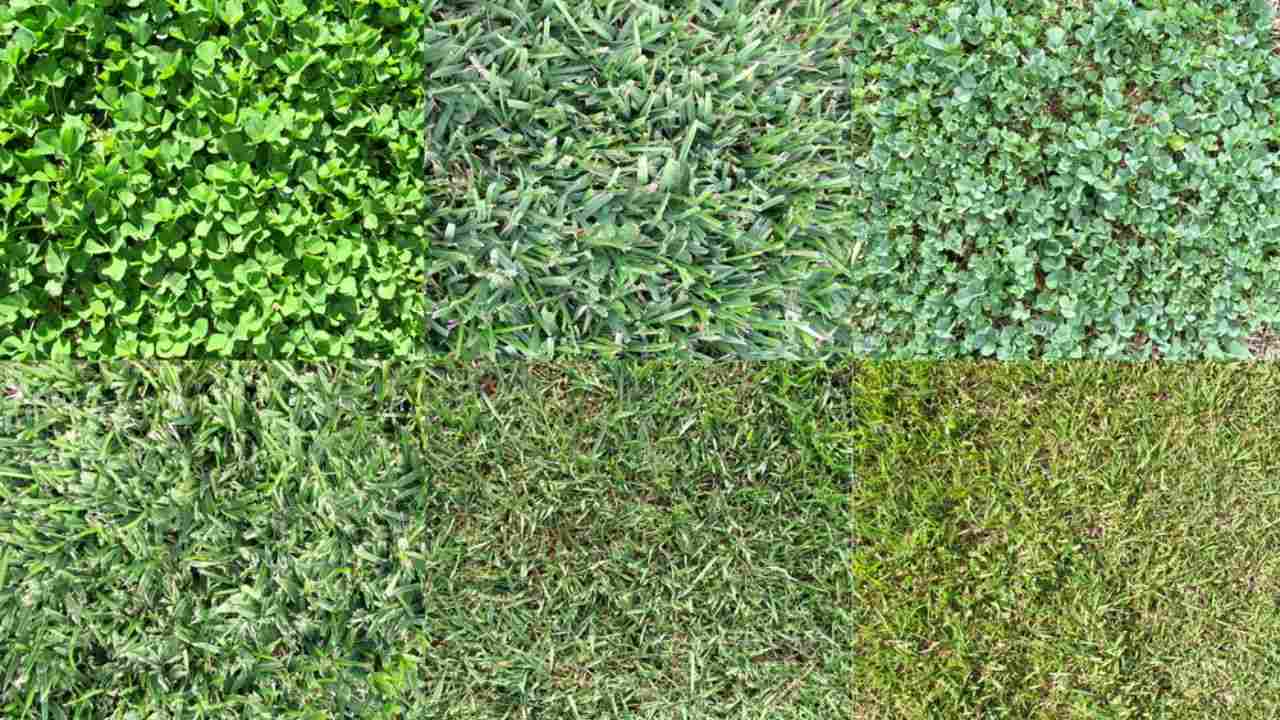
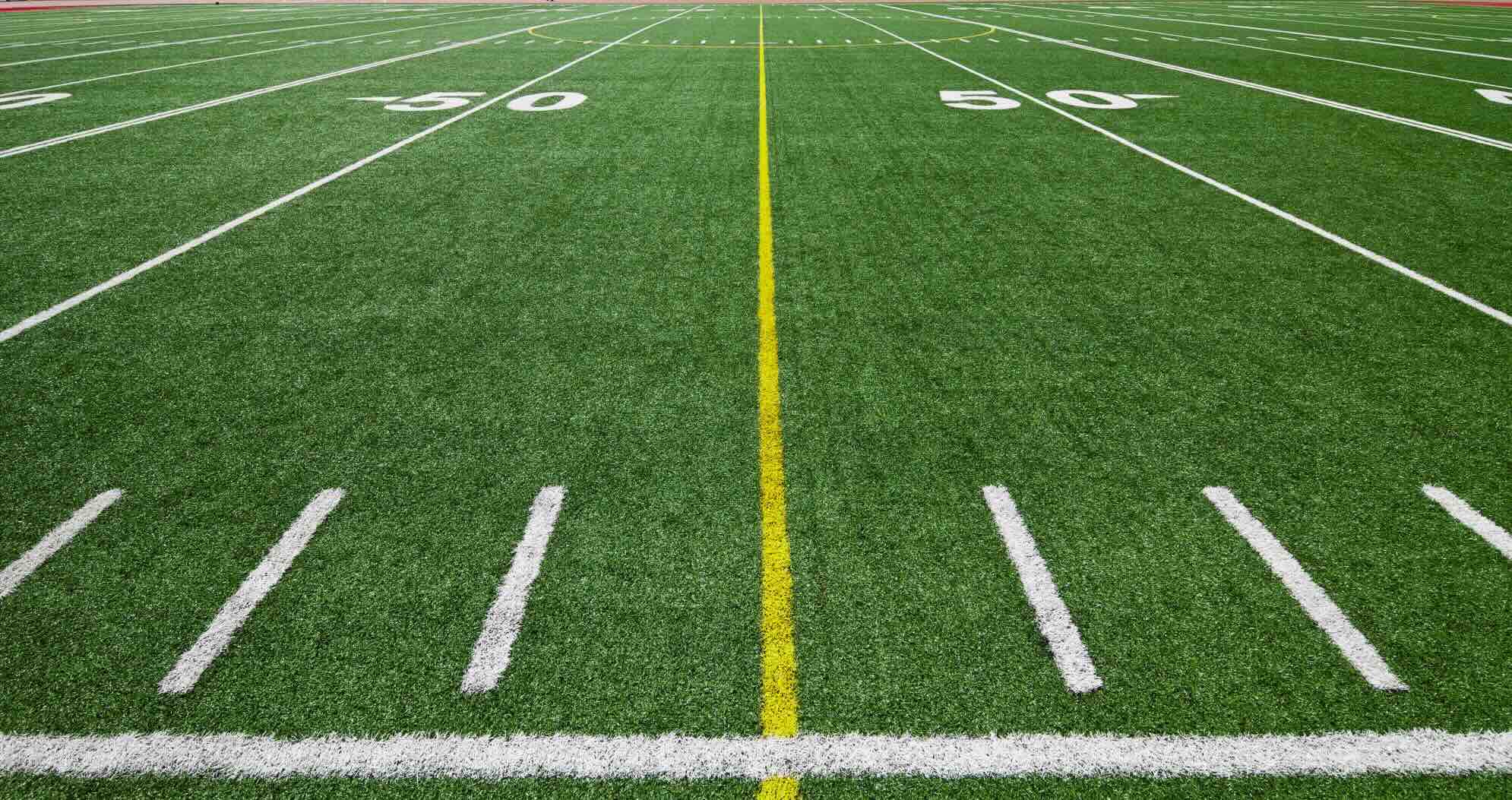
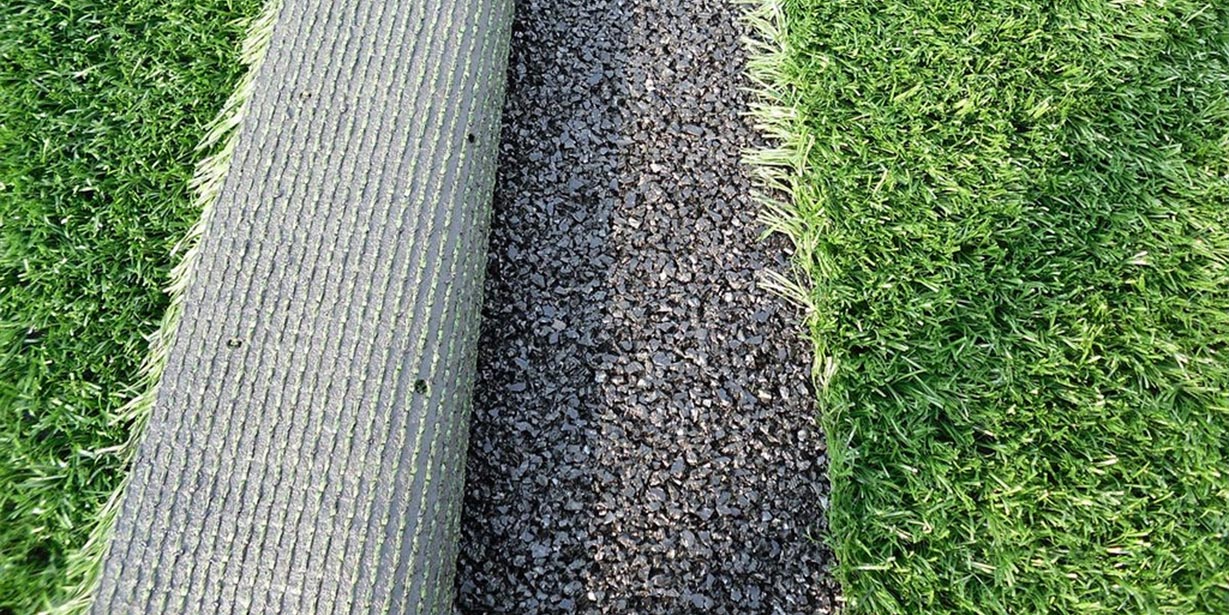
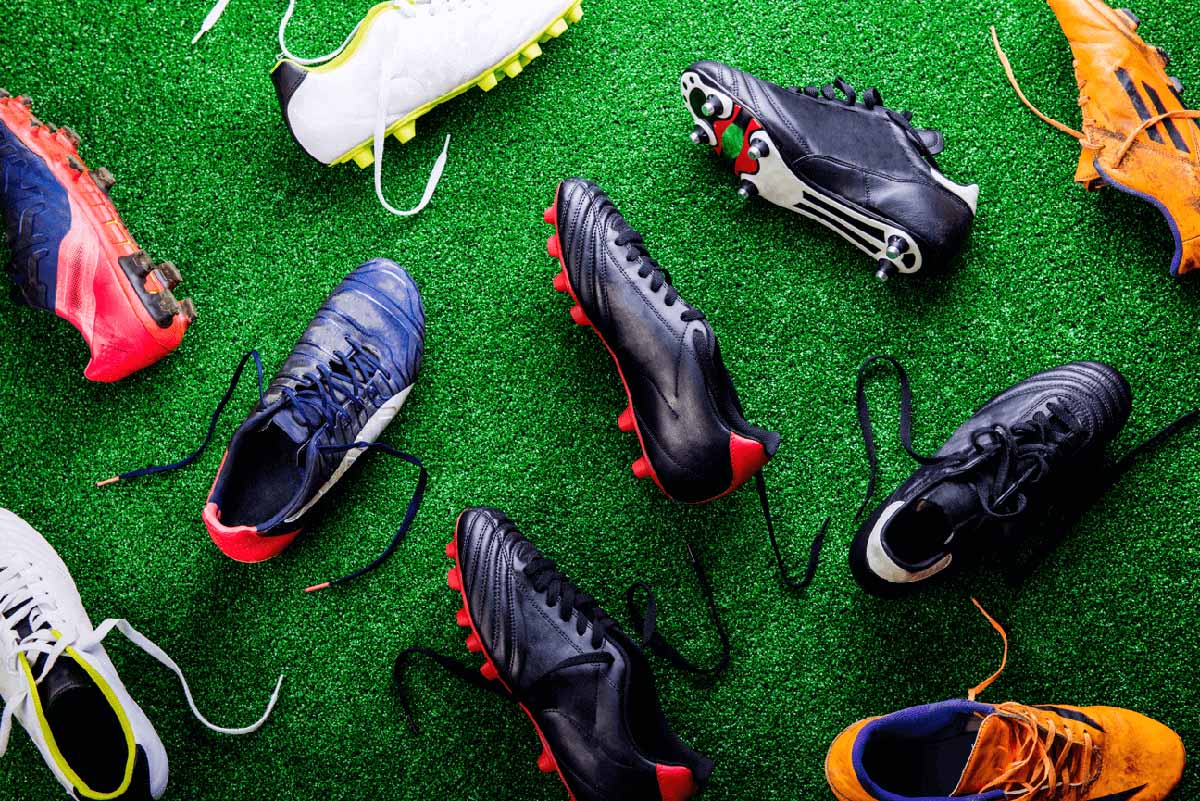
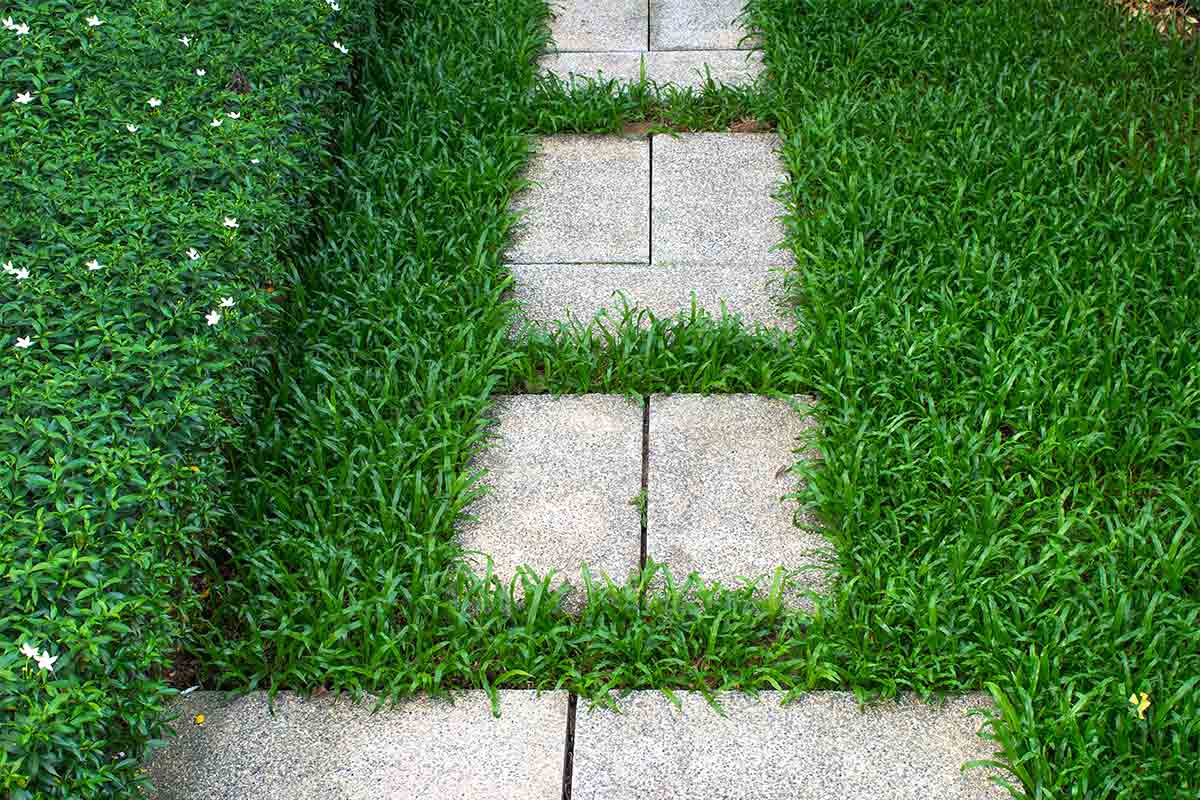
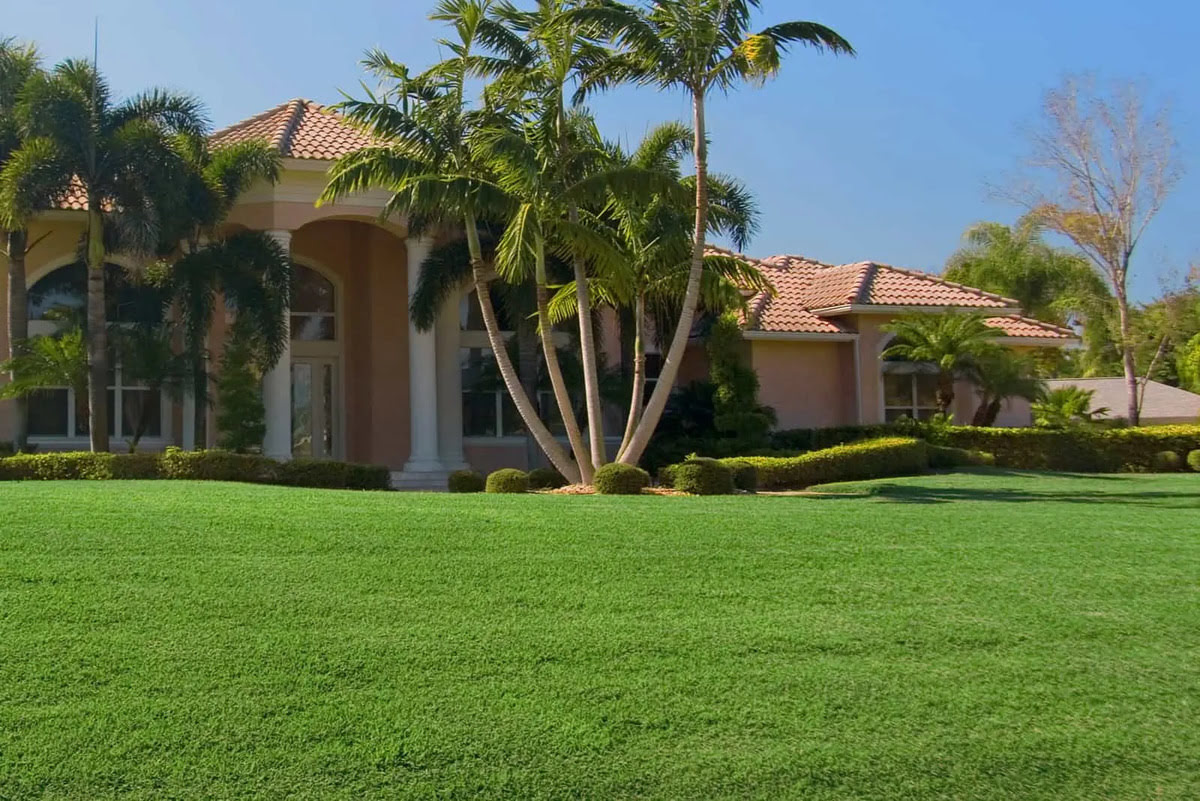
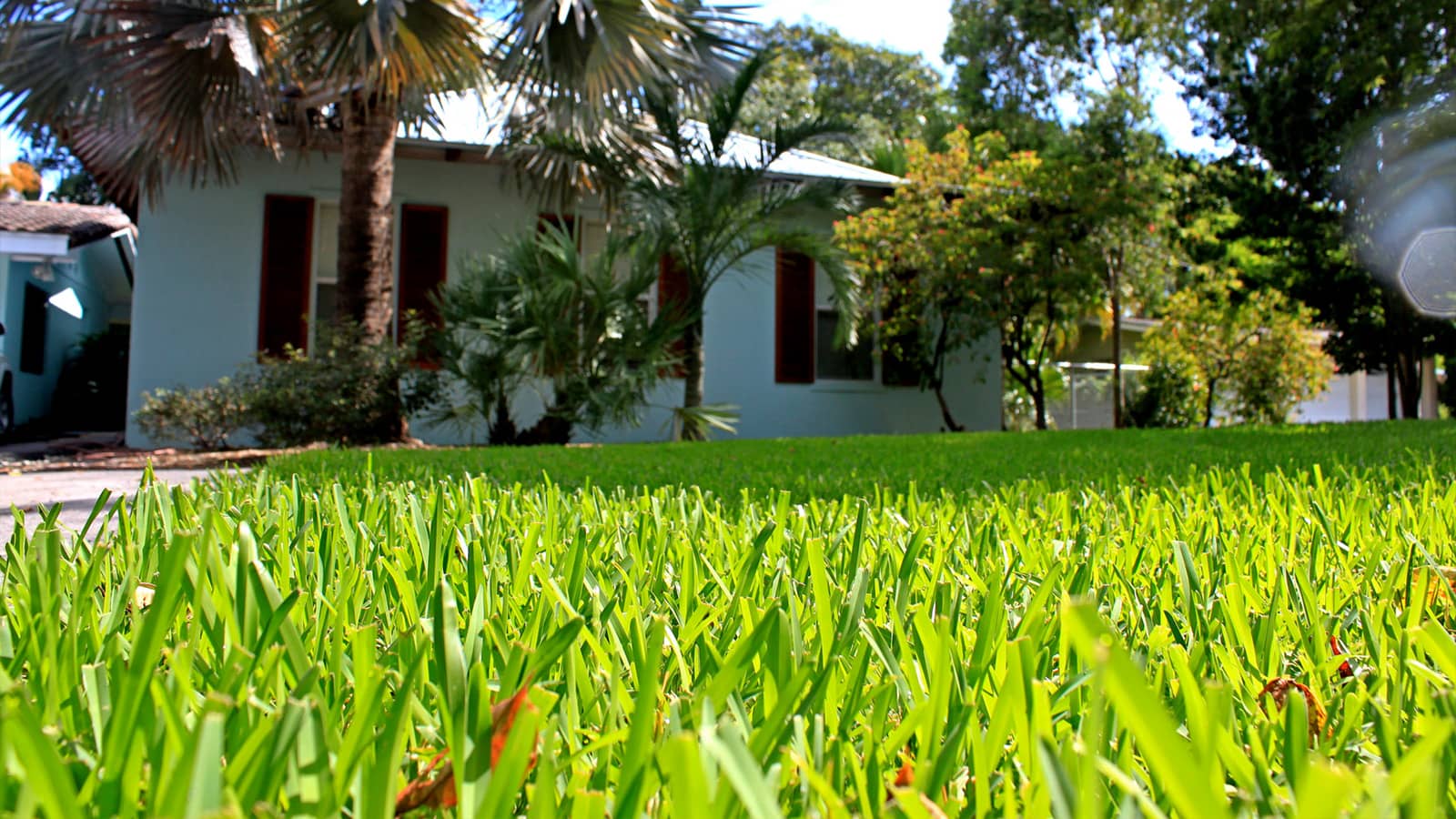
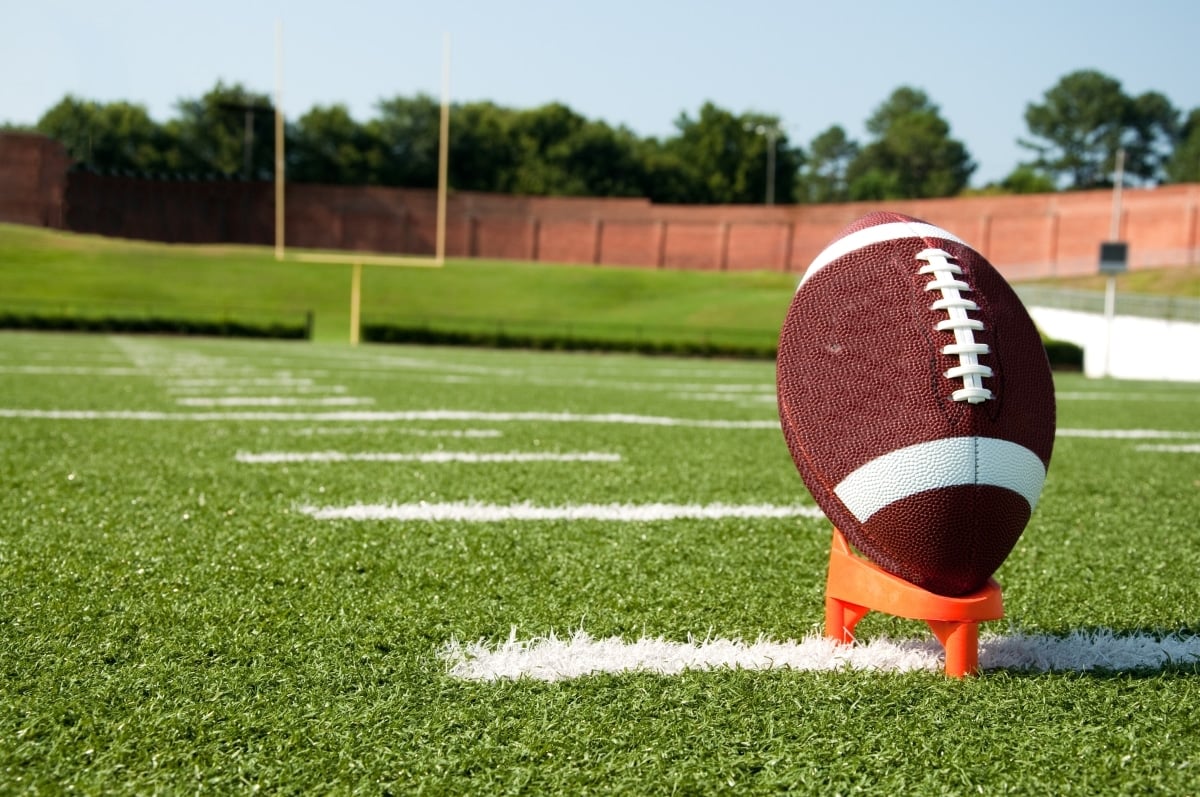
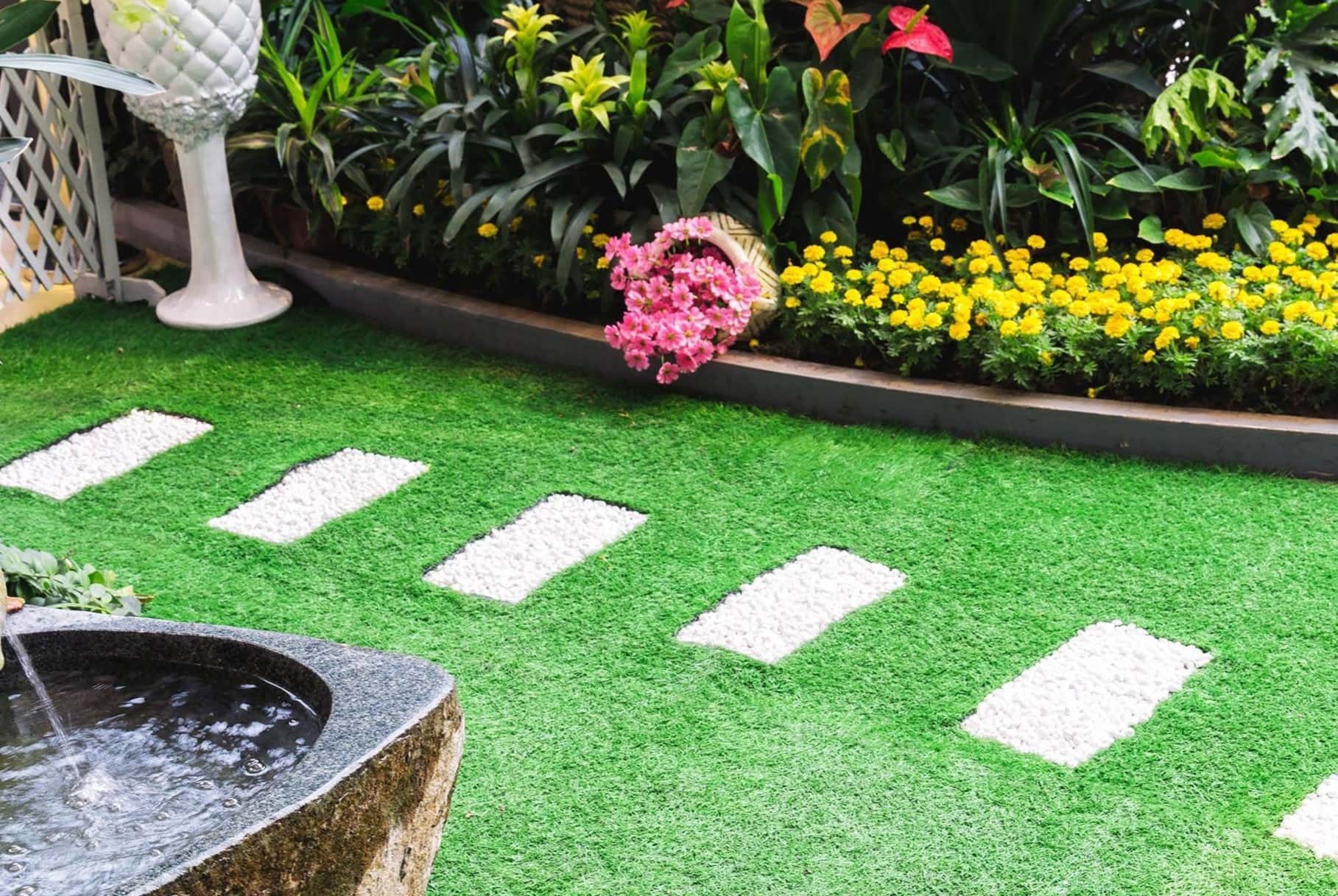
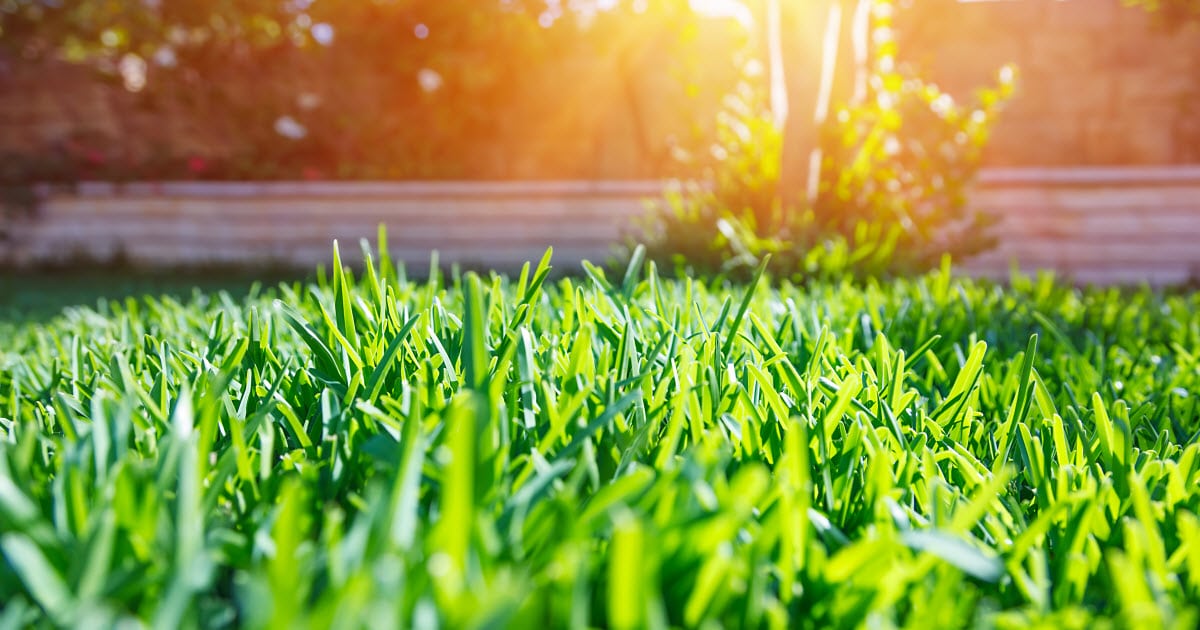
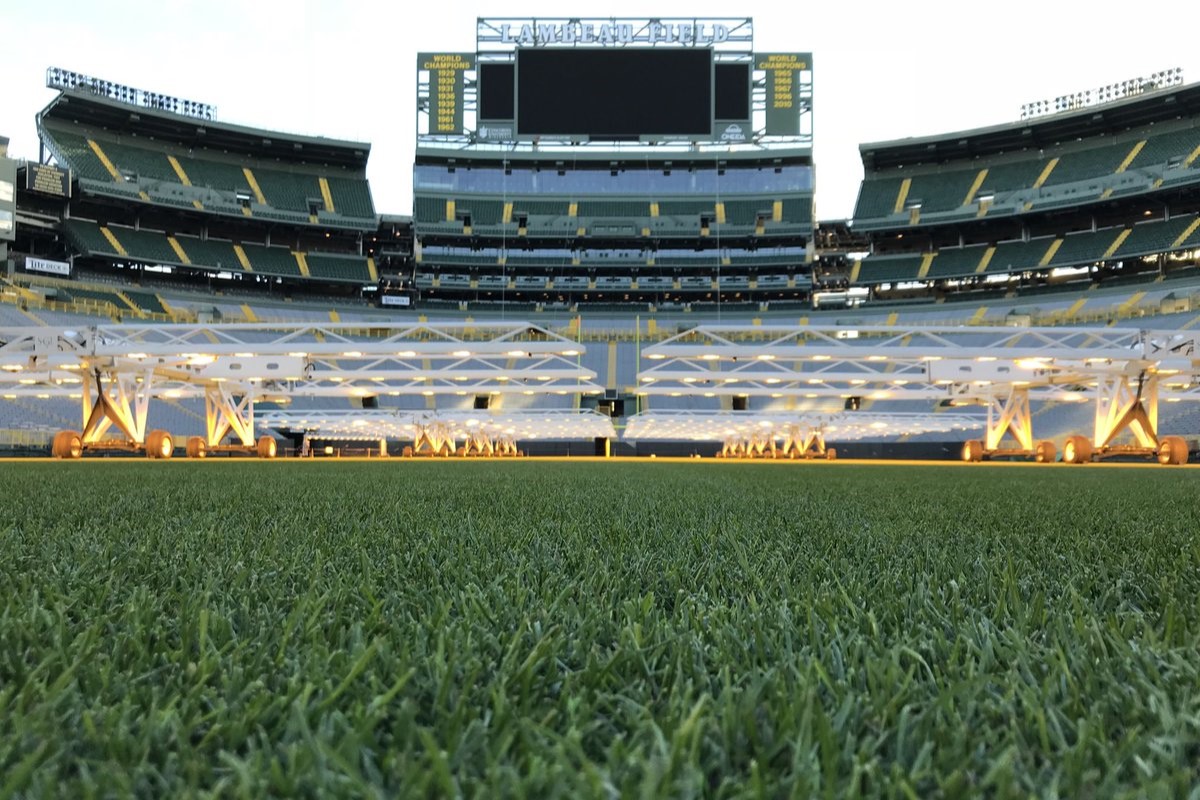
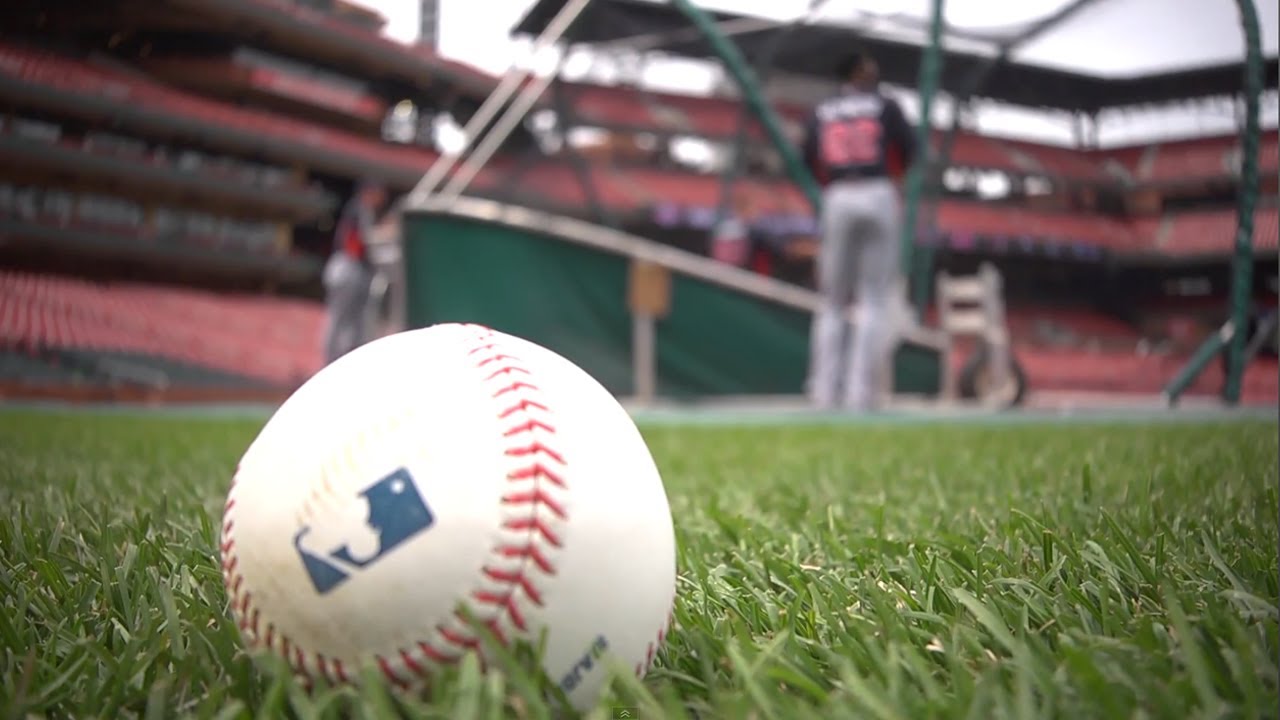
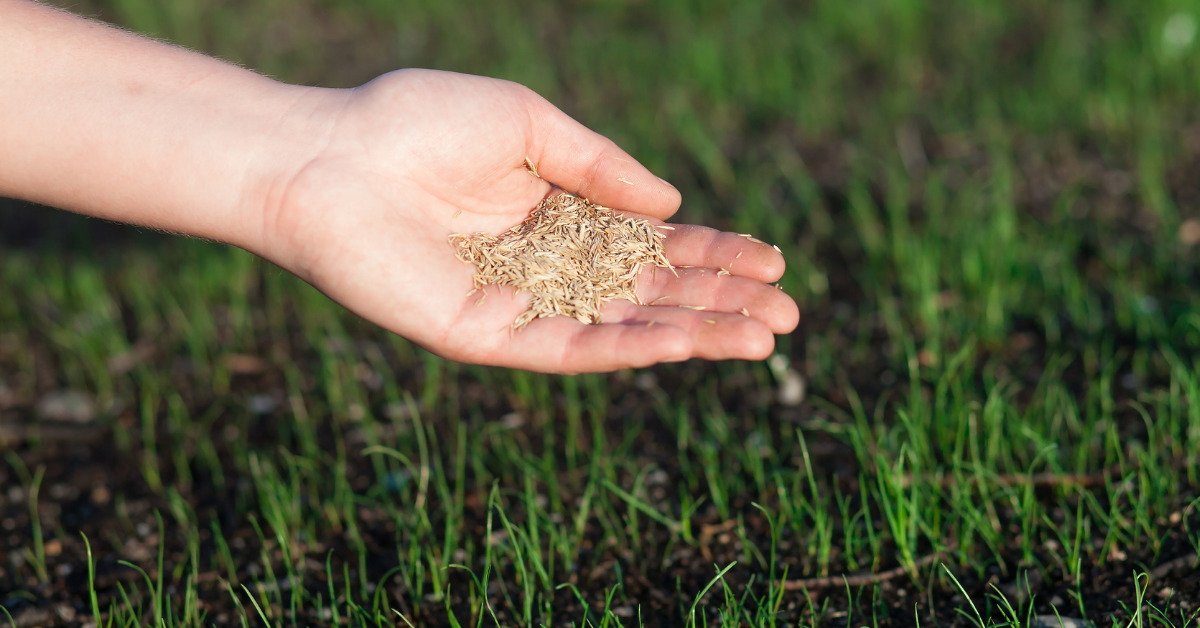

0 thoughts on “What Type Of Turf Grass Is Florida Field”